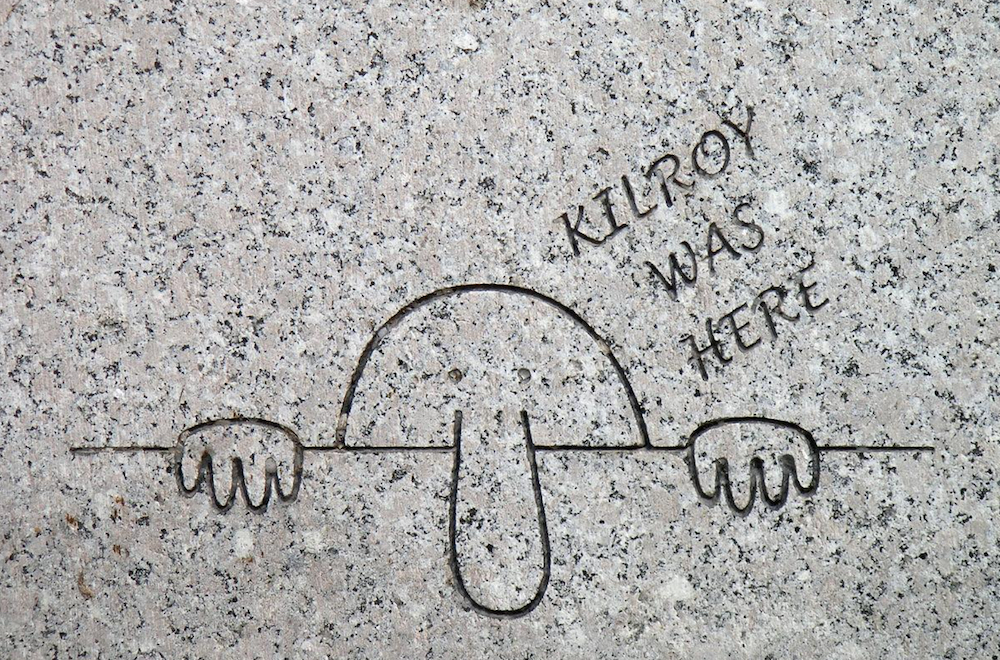“You say you’ve been at this for five years,” Jack surmised. “But here’s the question I need you to consider: Do you have five years of experience or merely a single year of experience five times?”

When Malcolm Gladwell popularized the idea that because Bill Gates, Bobby Fischer, and The Beatles mastered their craft in something like ten years’ time, he wasn’t guaranteeing the rest of us a sure (if lengthy) 10,000-hour path to greatness. Drawing from 40-year-old research conducted by Nobel laureate Herbert Simon and psychologist and memory expert William Chase, Gladwell qualified the time-based benchmark as a study only of the cerebral intricacies required to master chess. That in their Hamburg days, the insane work ethic of John, Paul, George, and Ringo lends credence to the cross-over assertion that 10,000 hours spent practicing any endeavor is a prospect Gladwell dangles before those with ten years of runway. But the fine print is huge.
Simon and Chase gave 10,000 as their minimum hurdle to expertise. It might take you and me as many as 50,000, they said, to really, truly, and fully master a game that these days even my grandson can whip me at blindfolded.
But even setting a ten-year target of roughly 20 hours of work per week, additional thresholds abound. Sorry to burst the bubbles of those with 9,999 hours under their belts, but not everyone who puts in that kind of time to learn a skill or craft achieves the levels of greatness advertised. Unlike Falstaff, some of us are just born not great. Worse, there is a qualitative difference between 10,000 hours of practice and a single hour of practice 10,000 times.
Very early in my career, my wife and I read in one of those Best Places to Live guides that Boston, Massachusetts, was thought to be the number two place to live in all America. Under-obtainers already living just an hour north of the number-one environs of San Diego, California, Kari and I just had to check out the second latest greatest option. Volunteering to teach a course in Boston, I made arrangements to meet with Jack Sweeney, director of IBM’s Knowledge-Based Systems Center just across the Charles from Boston. Since the move would be an internal transfer, Jack, a veteran human resources professional, peppered me with questions I had never considered in my Boston-or-bust haste.
Since you’ll be joining our national AI center,” Jack began, “whose mission is to lift all boats everywhere, have you thought about how your leaving California might impact IBM’s customer base in the West?”
“Um, what do you mean?”
“Have you built a succession plan for when you leave the Costa Mesa office behind?
“I have a co-instructor who doubles as my consulting partner. Like me, he’s got about five years of experience. He ought to do just fine.”
Then, out it came: the question I have asked monthly of myself and at least once to every professional I have mentored during my 40-year career since then.
“You say you’ve been at this for five years,” Jack surmised. “But here’s the question I need you to consider: Do you have five years of experience or merely a single year of experience five times over?”
Let that sink in over the next five years.
I’ll close with a handful of images that, at a thousand a pop, will add 10,000 words of worth to the idea that struggle, not stability, powers the engine of becoming:
- Familiarity breeds contempt.
- Repetitive gratitude conveys none.
- Reliability leads to innovation only in the breach.
- Par for the course means only that you’re readily replaceable.
- If I’d said it once, I’ve said it a thousand times.
- Muscles expand only when torn.
- Crops thrive when their soil is rotated.
- The brain stores only unique facts.
- Everchanging beauty is the only kind.
- 10,000 hours of variety is near-impossible to bear.
This post is from a LinkedIn Newsletter called Human Changing. You can access the entire series here.


